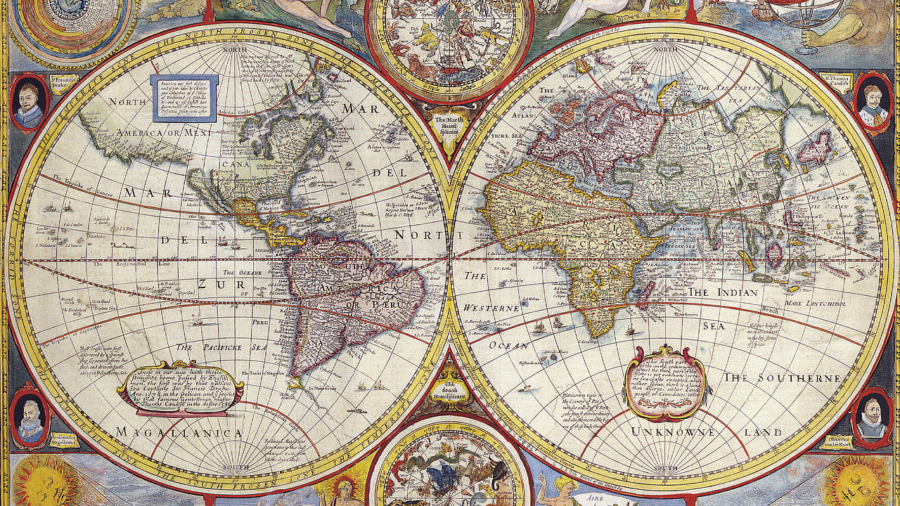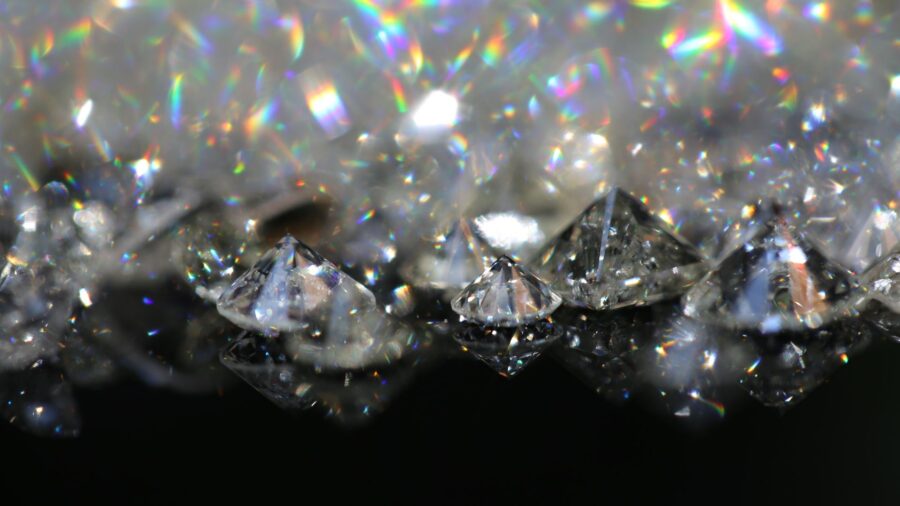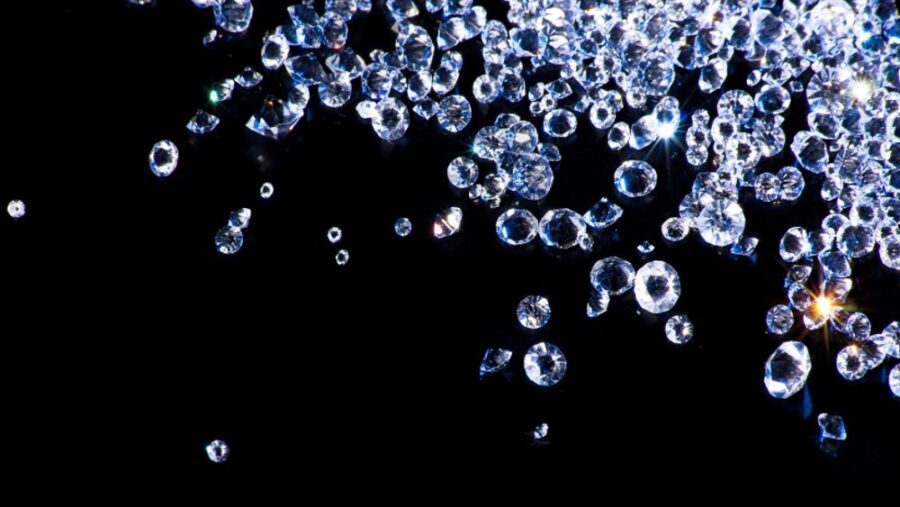Fountain Of Diamonds Erupts Out Of The Earth

If you’re thinking about popping the question but you’re strapped for cash, then you may be in luck. That’s because a possible upcoming geological event may result in a fountain of diamonds bursting through Earth’s crust in the form of a kimberlite eruption. The current research suggests that this kind of event happens roughly 30 million years after a massive tectonic shift, meaning that we’re overdue for a possible eruption of gemstones.
Tectonic Plates

The prevailing theory behind the fountain of diamonds has to do with tectonic plate separation. This plate separation results in a mixing of Earth’s upper mantle and lower crust, creating a volatile reaction between the two materials. The resulting instability is further exacerbated when the rock mixes with water and carbon dioxide, creating an explosive eruption of kimberlites containing diamonds from deep within Earth’s core.
Fountains Of Diamonds Hidden Under Each Continent

One notable instance of a fountain of diamonds occurring took place around 25 million after the supercontinent Gondwana broke apart to form into two separate landmasses: Africa and South America. According to Thomas Gernon, a professor of Earth and climate science at the University of Southampton, diamond deposits are found at the base of each continent and have possibly been sitting deep under Earth’s crust for billions of years. His research, which has been published in Nature, is centered on fully understanding the process that allows for a fountain of diamonds to erupt with such volatility. By better understanding the process, Gernon has reason to believe that his research could aid geologists in finding new diamond deposits on other continents.
Dangerously Explosive Eruptions

Perhaps the most fascinating takeaway from the research is how explosive a fountain of diamonds could be. As we currently understand it, a fountain of diamonds propelled by a kimberlite eruption could reach speeds up to 133 kilometers per hour. In other words, if you find out you’re living near one of these upcoming events, you’ll probably want to arm yourself with a titanium umbrella so you don’t get ripped to shreds by a rainstorm of diamonds and other sediment. Another way of putting it is that although a fountain of diamonds must be a magnificent geological event to witness, the resulting explosion on Earth’s surface will be a significant one.
An Extremely Rare Occurrence

It’s also worth noting that we may not see another fountain of diamonds within our lifetime. For context, the supercontinent Pangea broke up nearly 175 million years ago. If the prevailing theory is correct, then a fountain of diamonds would erupted from the event roughly 125 million years ago. Since there hasn’t been a massive continental shift since Pangea, it’s difficult to know whether there will be a residual fountain of diamonds erupting any time soon. Conversely, these events are sudden and dramatic, and it’s possible that the kind of tectonic instability we’re talking about can lead to smaller eruptions that closely resemble the ones that have occurred in the past. Until we further understand the entire process, there’s no way to know for certain if these events will continue to happen at regular intervals.
Could The Eruption Weaken The Diamond’s Value?

At the end of the day, the best way to procure a diamond is through more conventional means, like going to a jewelry store and opening up a line of credit.Source: Nature












